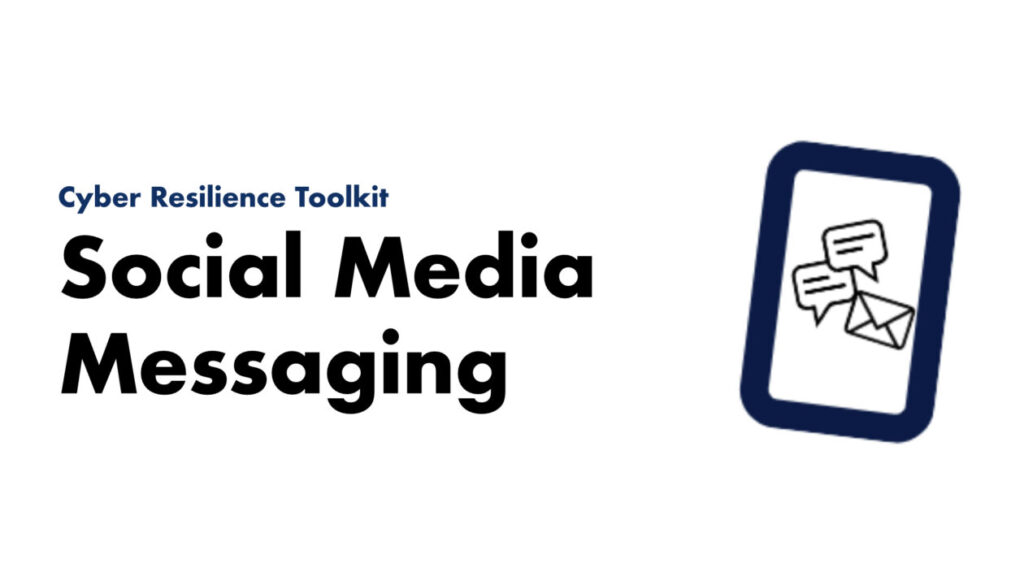Main features
Platforms like Snapchat and Whatsapp offer a way to send direct messages to individuals or group chats. These can include text, voice notes, photos or video.
It might be useful to think of these services in the context of their main media:
- Snapchat – direct messaging or public posting short media
- Whatsapp – direct messaging to individuals or groups (can include media)
Risk and potential harms
Ofcom data suggests that the most common potential harms on these types of platforms are:
With these harms, it is important to differentiate between problematic behaviour and harmful behaviour where there is a risk to safety, such as an adult contacting a child.
The presence of brands and ‘influencers’ adds the potential risk of scams and influenced or pressurised spending.
How to set up an account
Almost any app will require the same details to create an account and access its content:
- username (usually an email or the phone’s linked Google or Apple account)
- password
There may be requests for additional information, such as name, address or phone number – these are not always required.
These links explain how to register for and set up an account on the most popular platforms:
Using platform settings to manage risk
Each platform will have a setting for security and privacy – this can be used to control a number of aspects, including:
- who can see your posts, media or messages
- who can contact or follow you
These links explain how to use settings to reduce the risks of unwanted contact and cyberbullying:
How to report harmful conduct
If a user thinks they have been potentially harmed on the platform they should be aware of how to report this to the platform and potentially the police and trusted adults.
ABUSIVE OR THREATENING MESSAGES SHOULD BE REPORTED TO POLICE SCOTLAND
Online Reporting Form | Police Scotland
These links explain how to report users and content on the most popular platforms:
Resources and activities
Prevention is better than fixing problematic behaviour and these resources might be useful to get learners thinking about how their behaviour may affect others:
Be Internet Legends curriculum
Common Sense Edcuation
Meet Heart of the Digital Citizens!
Our Digital Citizenship Pledge
Childline
Friendship problems
Although not specifically teaching resources, these guides from Shore (The Lucy Faithfull Foundation) can support discussions and are useful to point learners to for information on harmful sexual behaviour, such as unwanted contact or unwanted sexual messages:
What to do if…
Thinkuknow by CEOP is the national website for learning about child exploitation and online protection (CEOP). Their learning resources site offers information and resources for learners, families and educators.
These are a selection of the resources for different ages:


